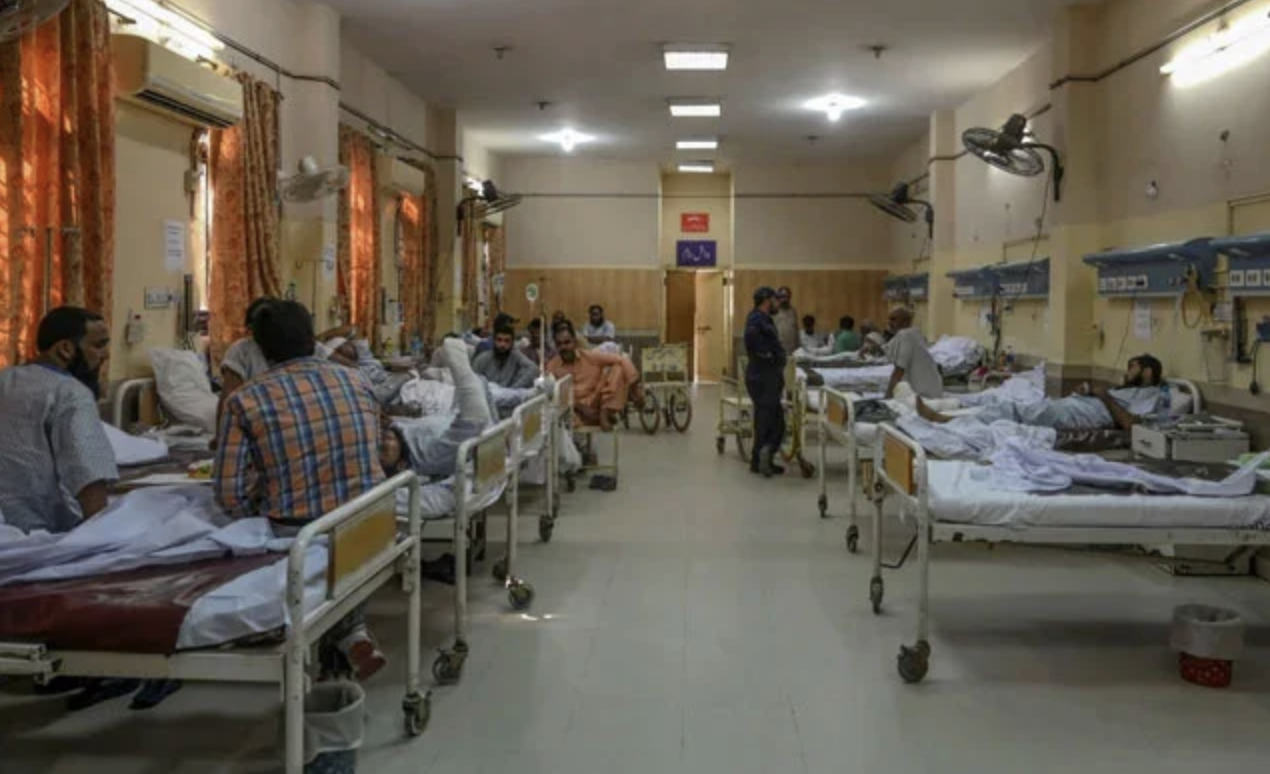Financial protection is key to UHC progress
Pakistan’s commitment to UHC is spelled out in the National Health Vision 2016–2025 and provincial health strategies2. It focuses on population health coverage and financial protection to attain health- and poverty-related Sustainable Development Goals (SDGs). The policy target and priority are to ensure universal access to essential health services and financial protection to nearly half of the population in need by 20303 4.
Partnership collaboration makes a difference
P4H partners are committed to supporting government policy reforms to strengthen primary health care and accelerate progress towards UHC as part of the Global Action Plan for Healthy Lives and Well Being. From the government’s point of view, ownership and leadership are essential to translate global and regional agendas into country-specific concrete activities and results expected from collaboration with P4H.
Pakistan actively participated in the L4UHC programme cycle in Asia in October 2022 to strategize about social health protection interventions with involvement of civil society organizations, and private and public sector administrators. There is ongoing work to develop a national health financing strategy aligned with health and social protection reforms in the country.
- Global Health Expenditure Database, WHO 2022 [↩][↩]
- National health vision Pakistan 2016-2025, Minstry of National Health services regulatin nad coordination, Isamabad Pakistan [↩]
- WHO, 2021; Global UHC Monitoring Report – Number projected for Pakistan based on the indicator 3.8.1 reported [↩]
- WHO, 2021; Global UHC Monitoring Report – Number projected for Pakistan based on the indicator 3.8.2 reported [↩]
- Universal Health Coverage Benefit Package of Pakistan, Essential Package of Health Services with Localized Evidence, M/o NHSR&C, Pakistan, October 2020 [↩]
- Such as the Sehat Sahulat Program (SSP), and the Social Health Protection Initiatives [↩]



